Redesigning Starfleet’s Uniforms for The Next Generation
William Ware Theiss is best remembered as the designer of every costume worn in the 79 episodes of The Original Series. From Captain Kirk’s tunic to Edith Keeler’s dowdy dress to the now-infamous daring attire of almost all other female guest stars, Bill dressed them all.
As his colleague of four years, two on Star Trek, Andrea Weaver later said,
Bill Theiss was a creative designer. His designs for Star Trek were original rather than distilled from other sources or redefinitions of previous works. This is what I appreciated about Bill Theiss. I thought that he was a truly unique and rare costume creator.
Theiss returned to Star Trek to design just about every costume worn during the first year of The Next Generation, including the Starfleet uniforms of the twenty-fourth century.
Spandex
Theiss’ starting point was The Original Series, not the uniforms from the movies, because he felt clothing was, even then, moving toward a less structured look.
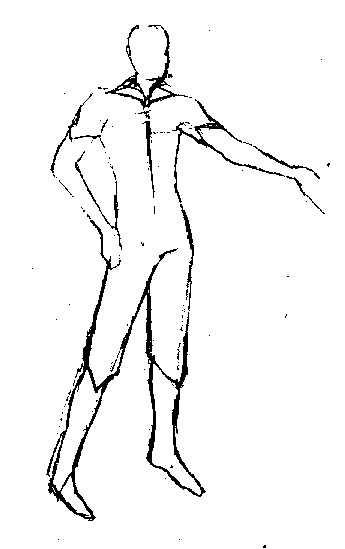
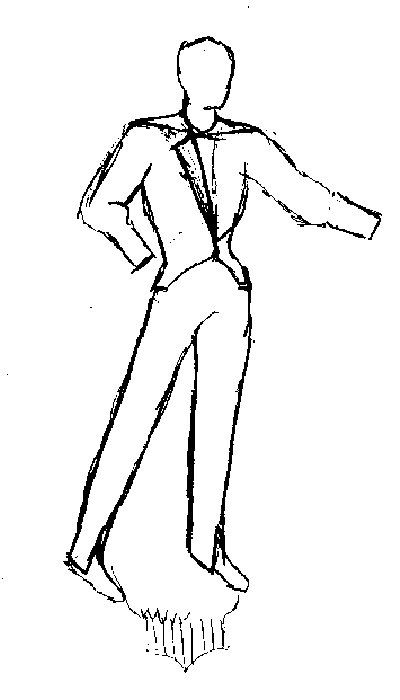
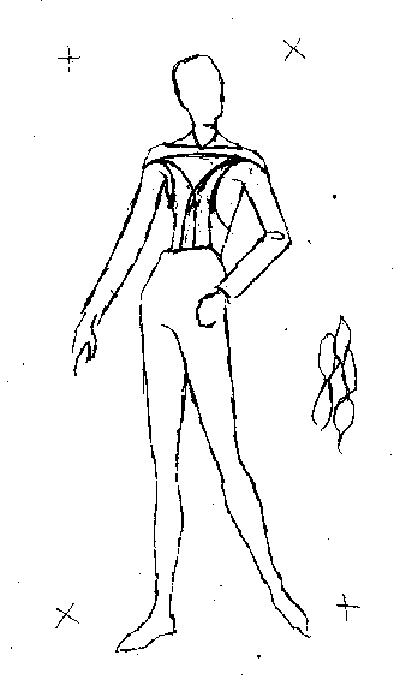


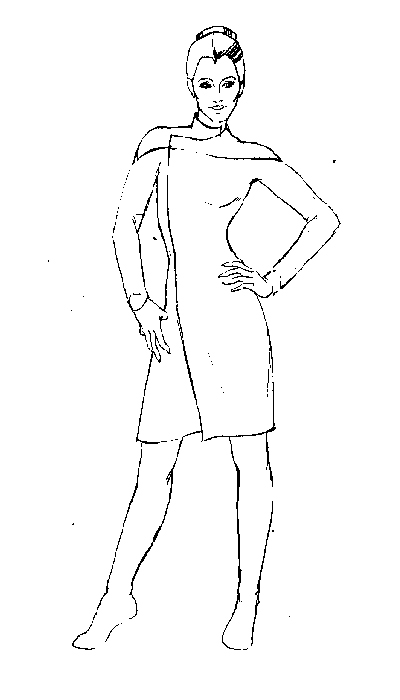
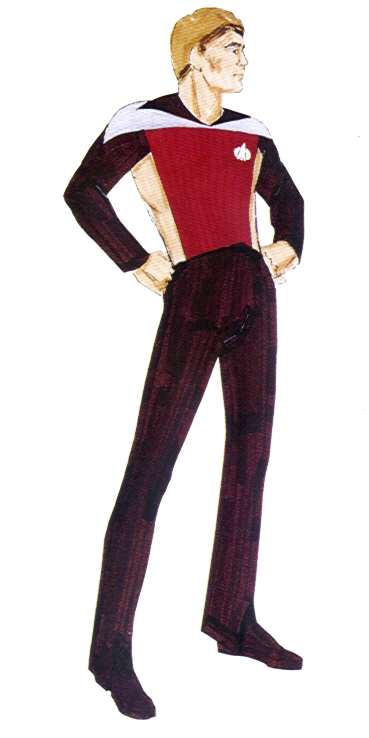

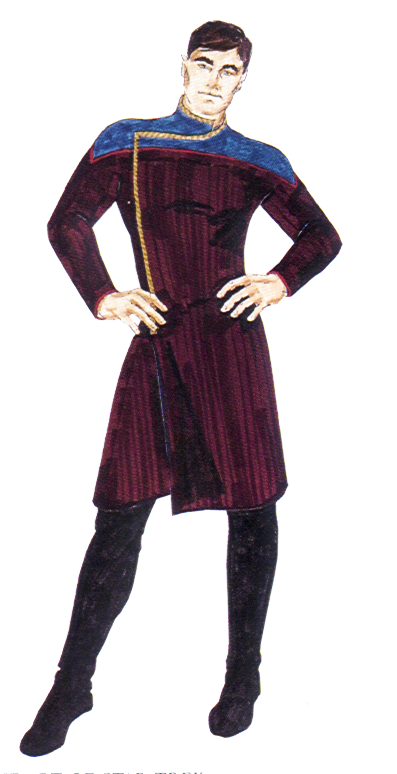
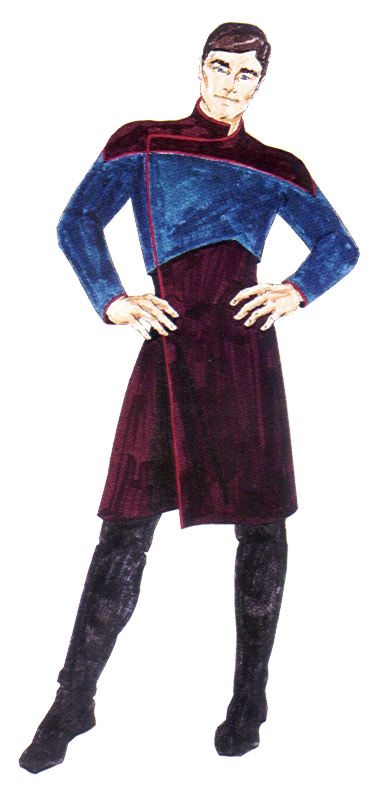
“They’re made of jumbo-weight spandex; the material swimwear is made from,” he explained. “But I use the inside of the fabric, the dull side, as the garment’s top.”
They’re a simple, uncomplicated design. I try not to make my designs too complex, visually. Simpler is more effective.
With Gene Roddenberry’s approval, Theiss changed the traditional color scheme: red became the color for command and gold the color for engineering and security. Theiss relegated the colors to a distinctive block on the chest and the sleeves and used black for the shoulders. This set off the actors’ faces better. Black on the hips and legs also helped smooth out their figures.
The actors needed all the help they could get in that regard. Although they were all trim and fit, the spandex uniforms were tight, stretchy and unforgiving of the slightest deviation from physical perfection.
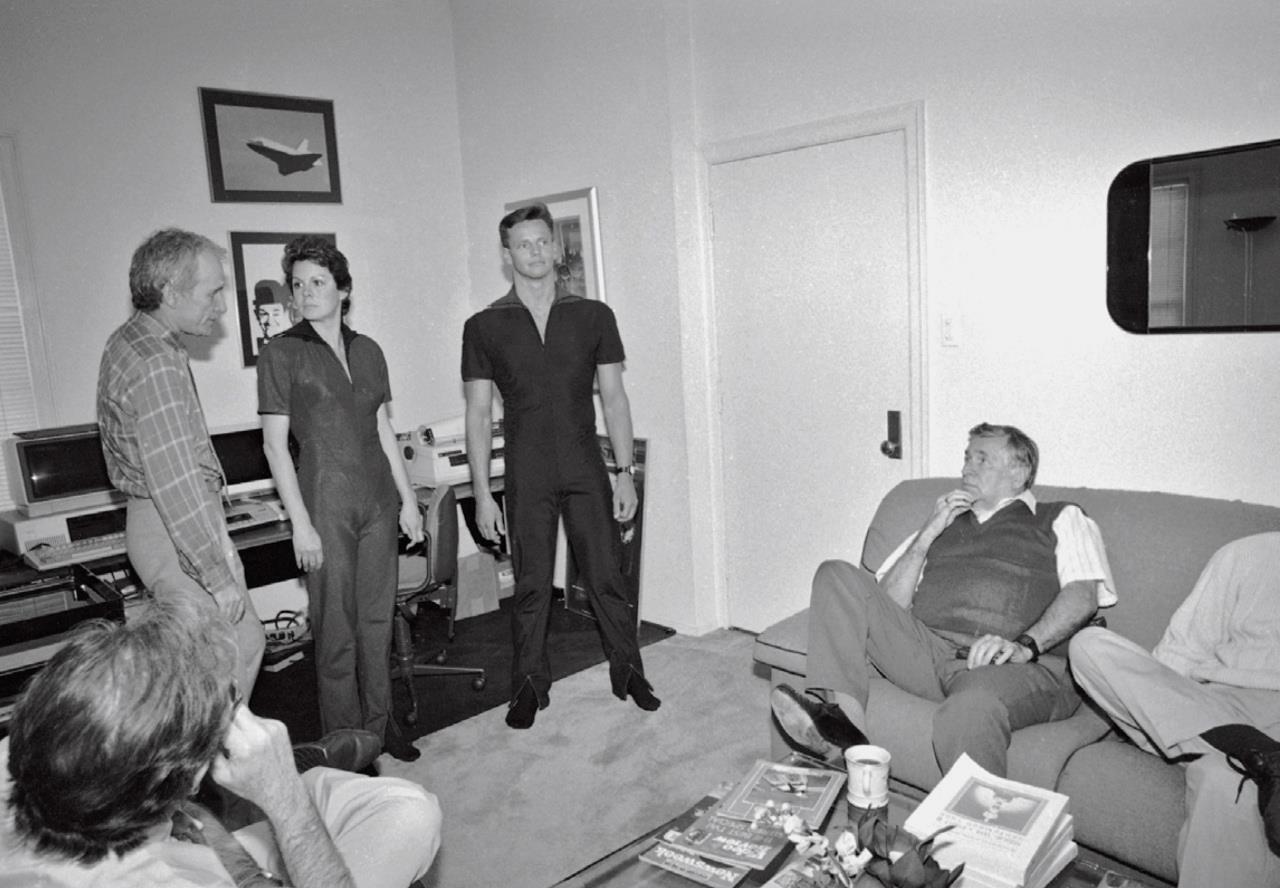

A little more comfort
Theiss left the show after Season 1 and was replaced by Durinda Rice Wood. She created the first of Whoopi Goldberg’s many Guinan outfits and helped develop the look of the Borg.
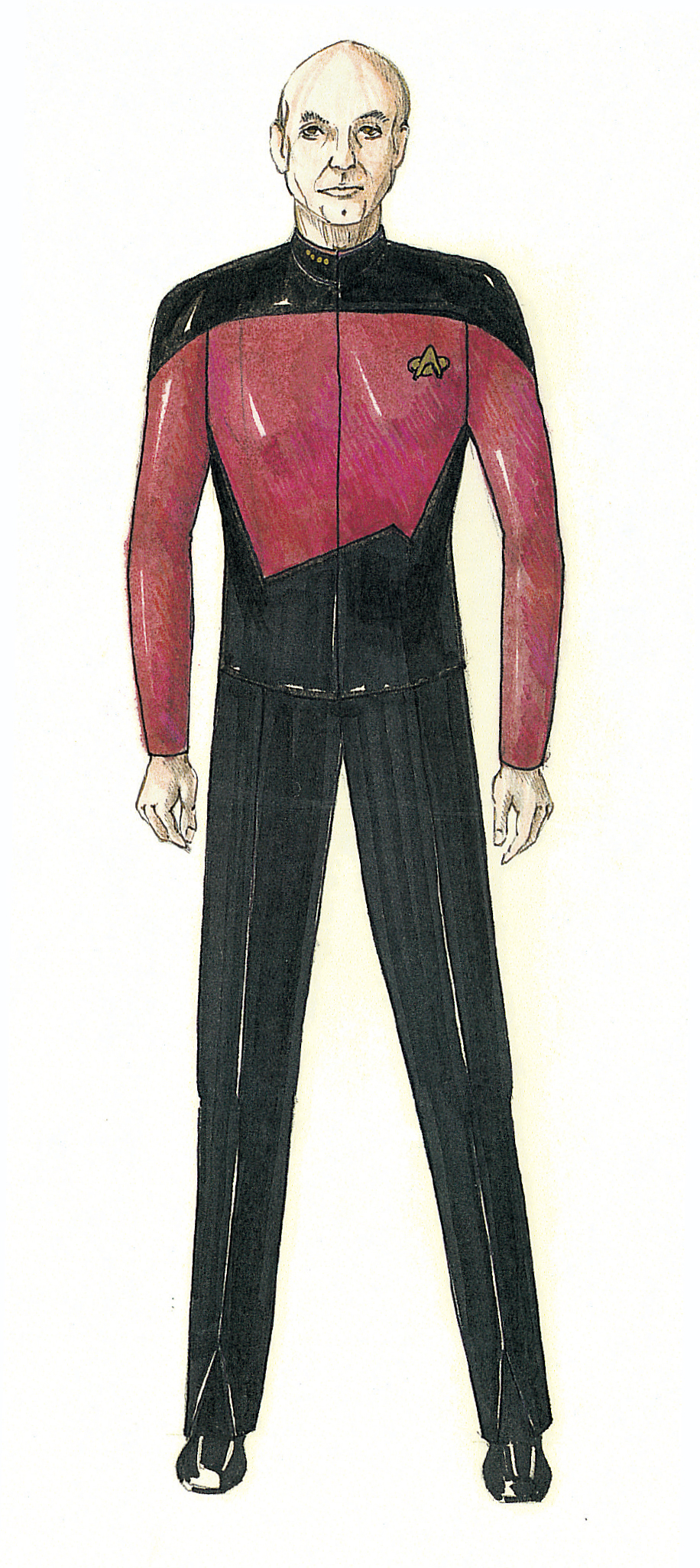
Wood also left after one season and she was replaced by Robert Blackman. No one knew it at the time, but Star Trek’s design legacy was about to welcome one of its most influential contributors.
Blackman’s first task was making the uniforms Theiss had designed more wearable without changing their look.
I was brought in early that season to redesign new uniforms and it was really hard to do. They wanted things that didn’t stretch, didn’t hurt their shoulders and breathed, but still looked like spandex. So we kept trying to make these sleek, wool outfits.
Blackman’s first attempts weren’t very successful:
If you watch the first six or seven episodes, you’ll see the actors look like they’re in spandex outfits, but they’re made of wool and the actors can’t move, they can’t raise their arms, they can’t do anything.
Eventually, Blackman refined the cut so there was an acceptable compromise between maintaining the form-fitting look of the original costumes and ease of movement for the actors.

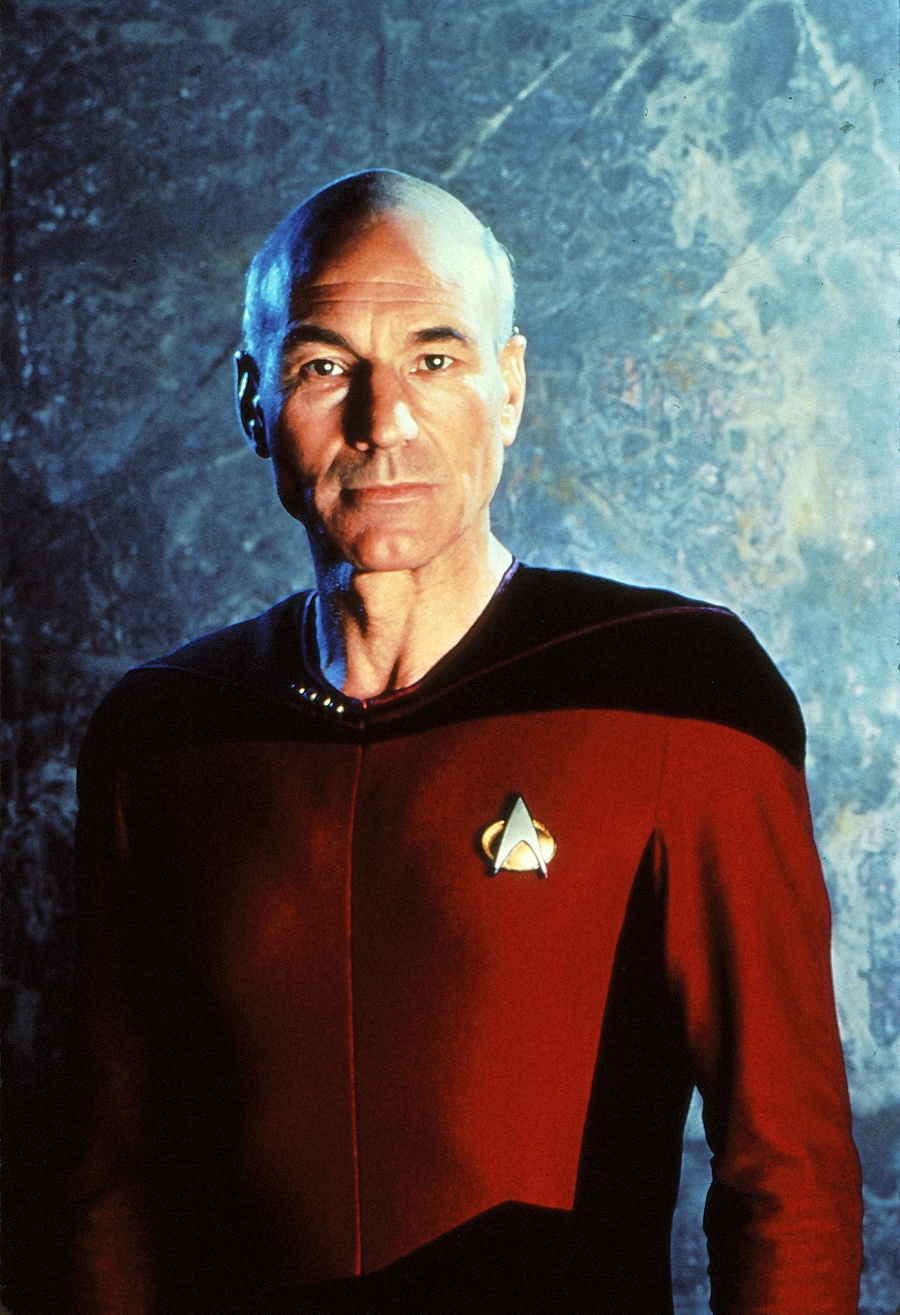
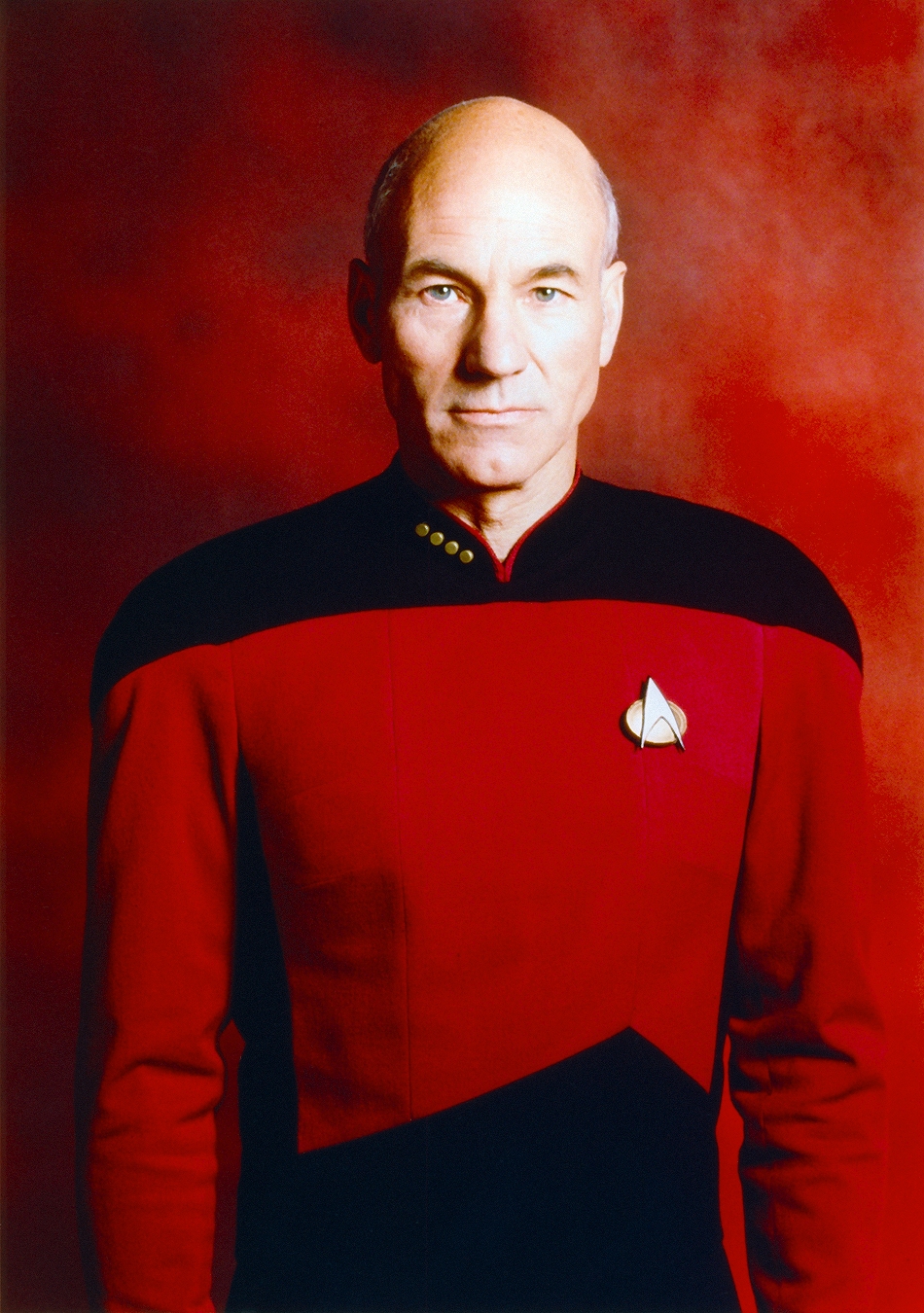

Different standards
For the men, comfort was easier to come by, because their costumes were changed from jumpsuits to two-piece outfits.
An offshoot of this successful redesign was the so-called “Picard Maneuver,” a tongue-in-cheek phrase used to describe the distinctive downward tug Patrick Stewart gave to his tunic after changing position.
But Gates McFadden and Marina Sirtis remained in tight jumpsuits and faced ongoing pressure to maintain their ideal weights without variation as a result.
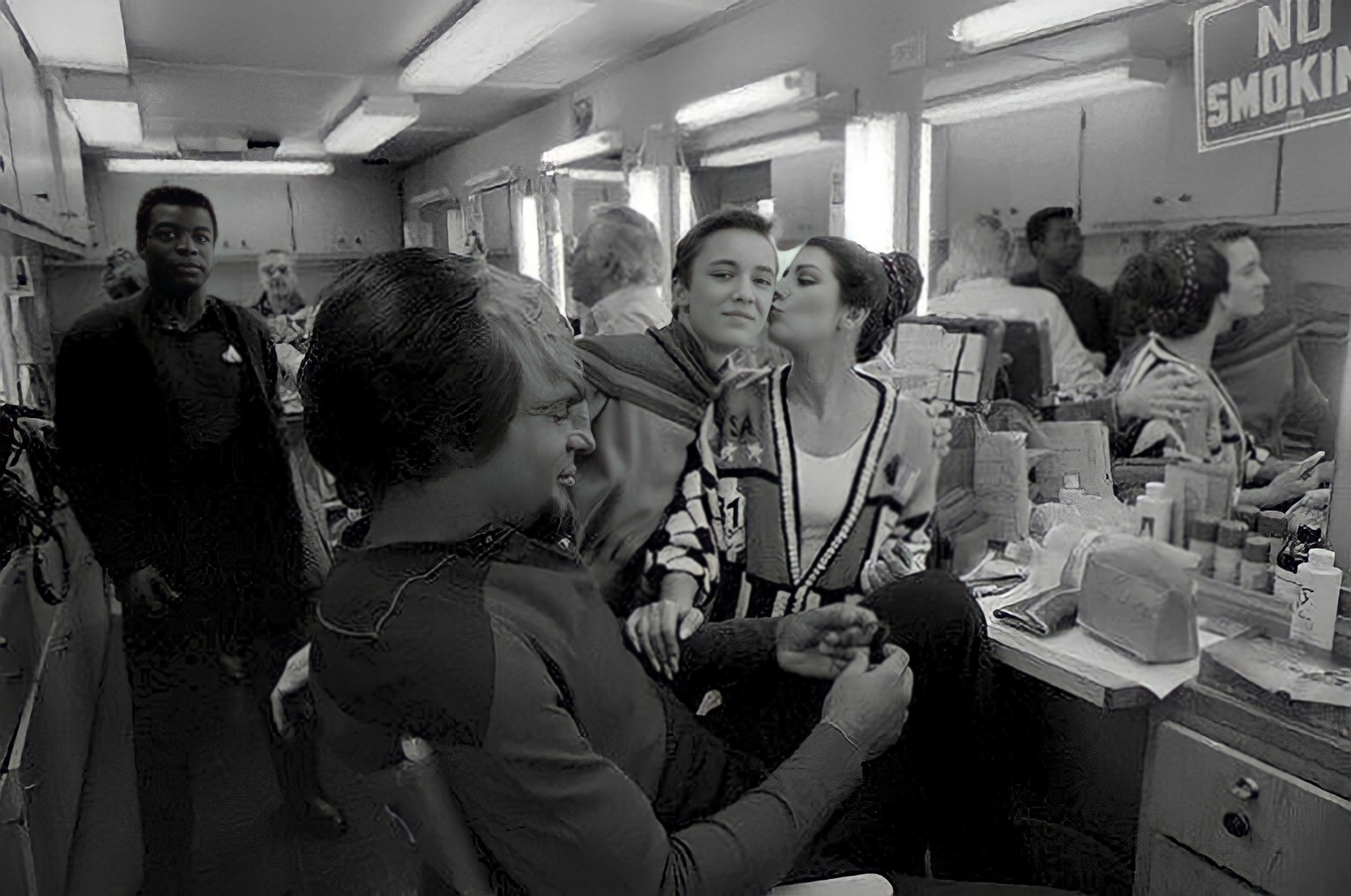
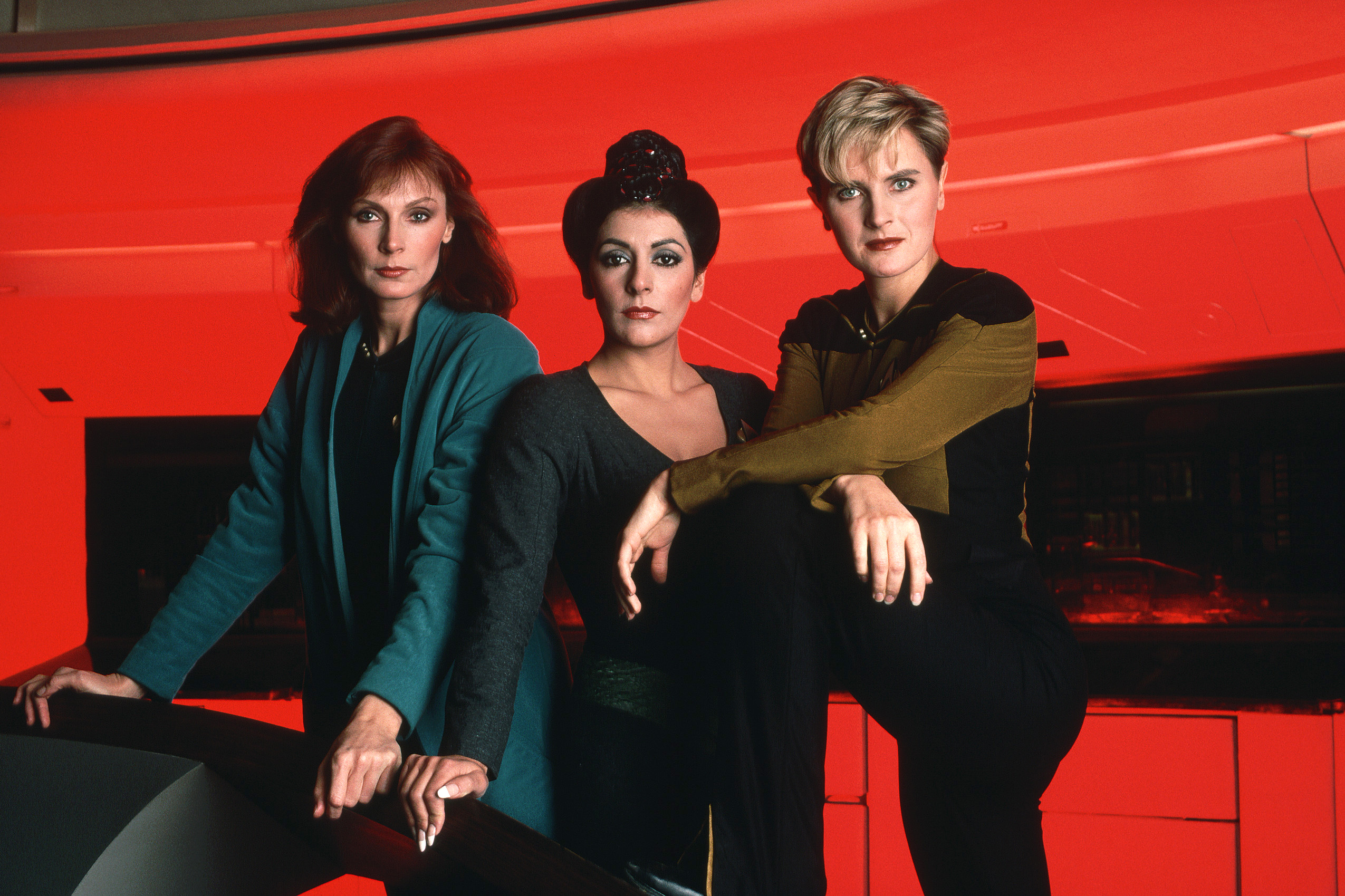
For guest actresses, like Elizabeth Dennehy (Shelby) and Michelle Forbes (Ensign Ro), the discomfort was a shock.
“They have stirrups on the feet and big shoulder pads, so it’s like you’re being compressed and pulled together by a rubber band,” Dennehy told Cinefantastique in 1992.
Forbes remembered she thought the costume would improve her posture, but -- “About four hours later, I wanted to rip it off my body.”
The twenty-fourth century may have been one of equality between the sexes; on the television stage of the twentieth century, women were still held to a different standard than men.
